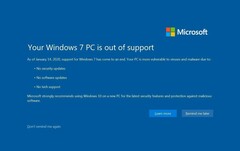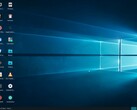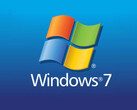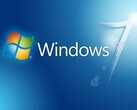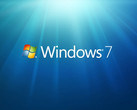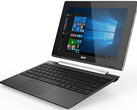Microsoft has ended official support for Windows 7 on January 14 — 11 years after it first launched to rave reviews. Although Windows 10 eventually managed to overtake Windows 7's marketshare, many businesses and even home users continue to use Windows 7 despite Microsoft constantly urging them to upgrade. After January 14, Windows 7 users won't be getting any free support including any security updates. While your PC won't automagically stop working after January 14, not having timely security updates can comprise your online life.
As we have seen with Windows XP, businesses reluctant to upgrade are used to paying hefty support fees to Microsoft after the official support period. A similar process is likely to be seen with Windows 7 as well. Enterprises have to enroll for Extended Security Updates (ESUs) in order to receive patches for vulnerabilities that may allow spread of malware such as ransomware.
If for some reason you wish to cling onto Windows 7, here's a neat hack developed by My Digital Life (MDL) forums veteran abbodi1406 to trick Microsoft into bypassing eligibility checks for Extended Security Updates.
Disclaimer: This hack is a third-party tool and not officially endorsed by Microsoft. Use of this hack is at your own risk and Notebookcheck is not responsible for any data loss or other damages that may arise from downloading and installing it. Remember to back up your data first.
Firstly, make sure your system is up to date via Windows Update. Ensure that the updates KB4490628, KB4474419, and KB4536952 are installed. If not, you can manually install them by searching for these update IDs on the Microsoft Update Catalog.
Then, register yourself on the MDL forums and visit this thread. Download the tool and install it. After installing the tool, fire-up Windows Update and see if it downloads the KB4528069 test update. If it does, your PC is now eligible to receive Microsoft's ESU that are otherwise only available to business users. The author notes that unlike conventional updates, ESUs have to be installed live via Windows Update only and cannot be installed offline or integrated into your Windows image via DISM.
Eligibility for ESU is checked only once during the first ESU download. Therefore, you can remove the tool once eligibility is confirmed and you are able to download the aforementioned test update. However, do remember that the tool is still a prototype and any change in Microsoft's policies towards servicing ESUs may break the hack so, you will have to keep an eye on thread for any updates to the tool.
If you are wary of using workarounds, it is probably a good idea to make that upgrade to a supported version of Windows 10. New OS releases bring support for new platform features, technologies, and hardware support, which may not always benefit from backporting to obsolete versions. This is also probably a good time to dabble with a Linux distro of your choice and see if it suits your needs.


 Deutsch
Deutsch English
English Español
Español Français
Français Italiano
Italiano Nederlands
Nederlands Polski
Polski Português
Português Русский
Русский Türkçe
Türkçe Svenska
Svenska Chinese
Chinese Magyar
Magyar